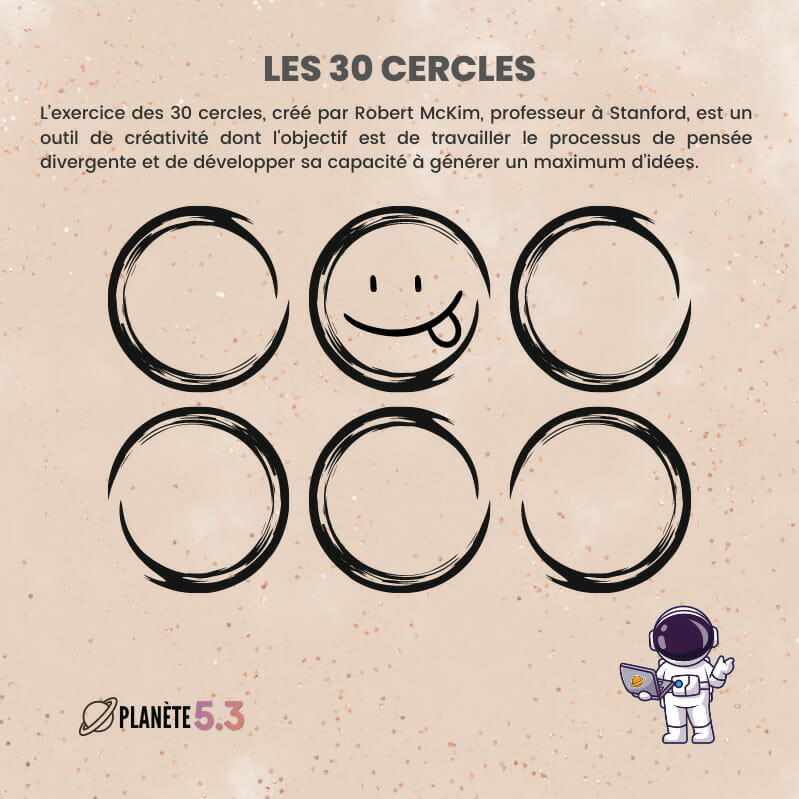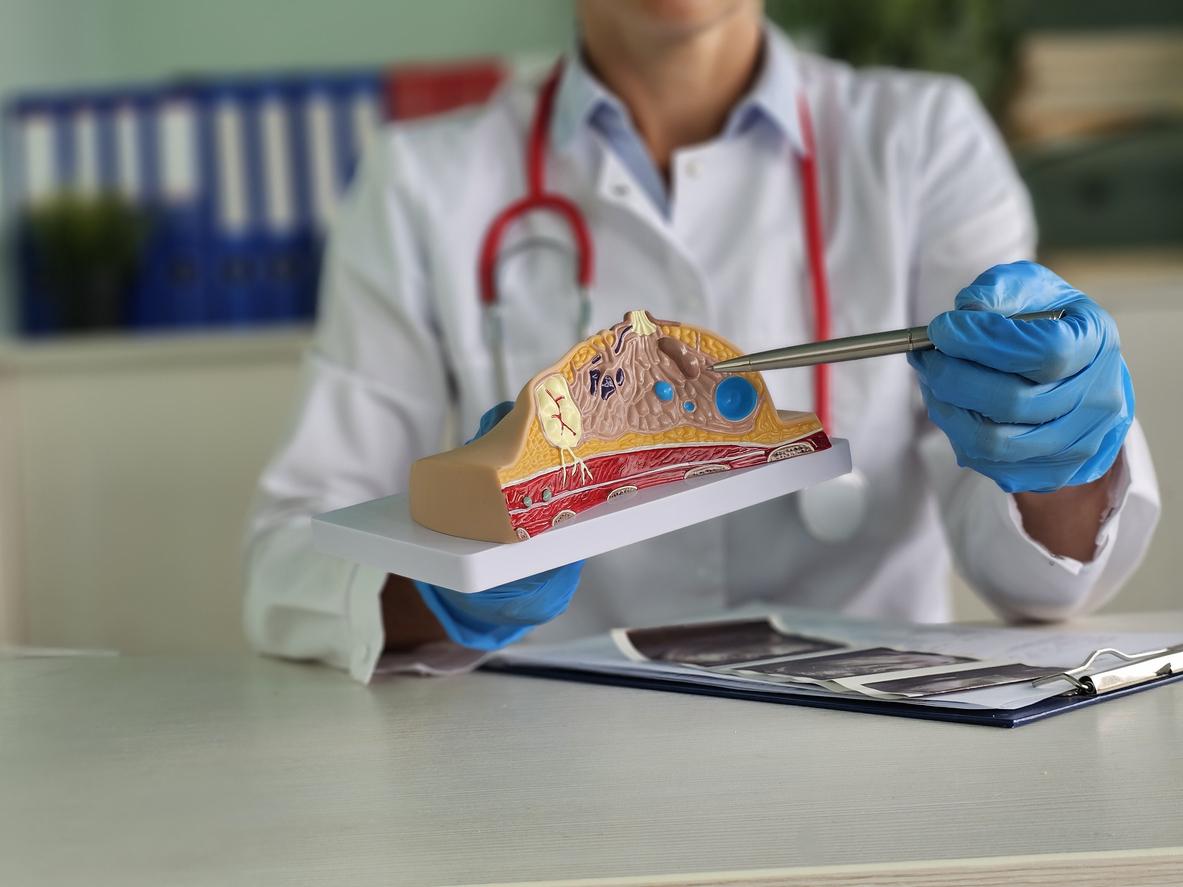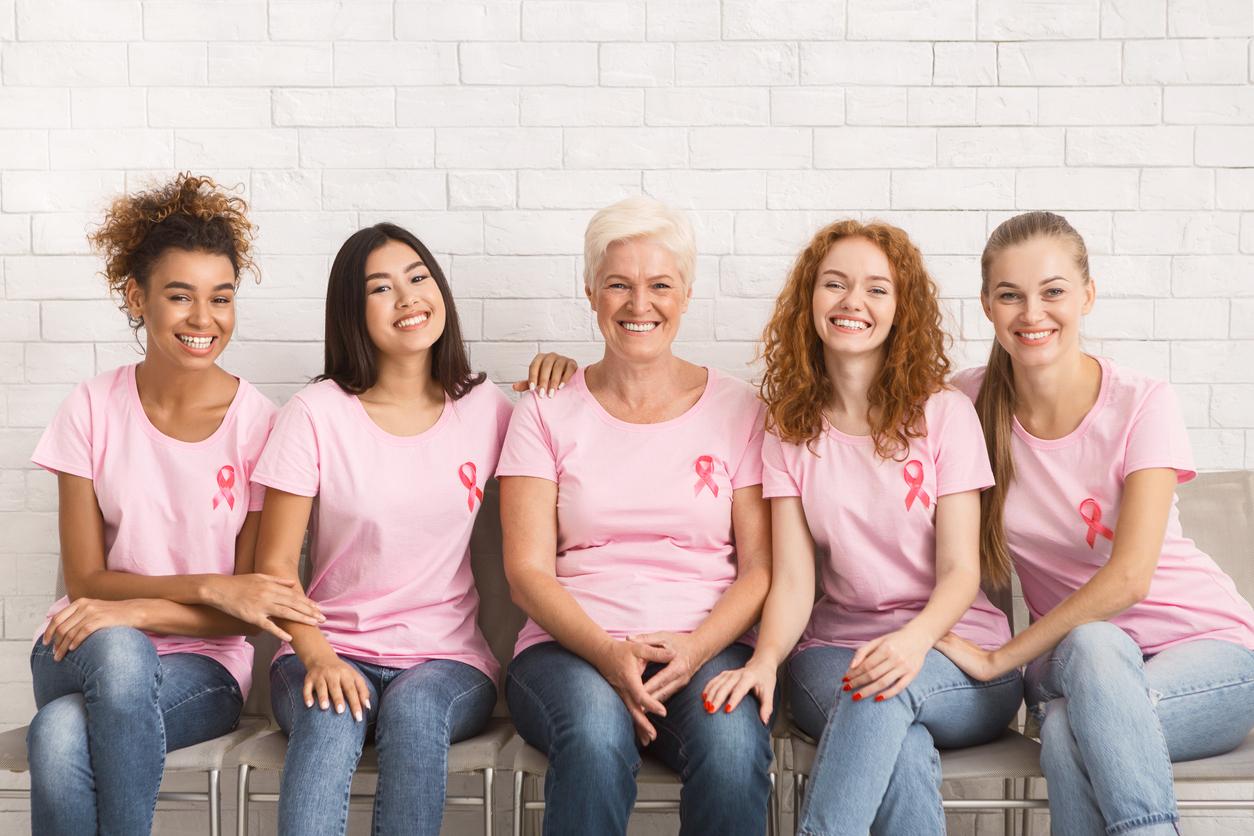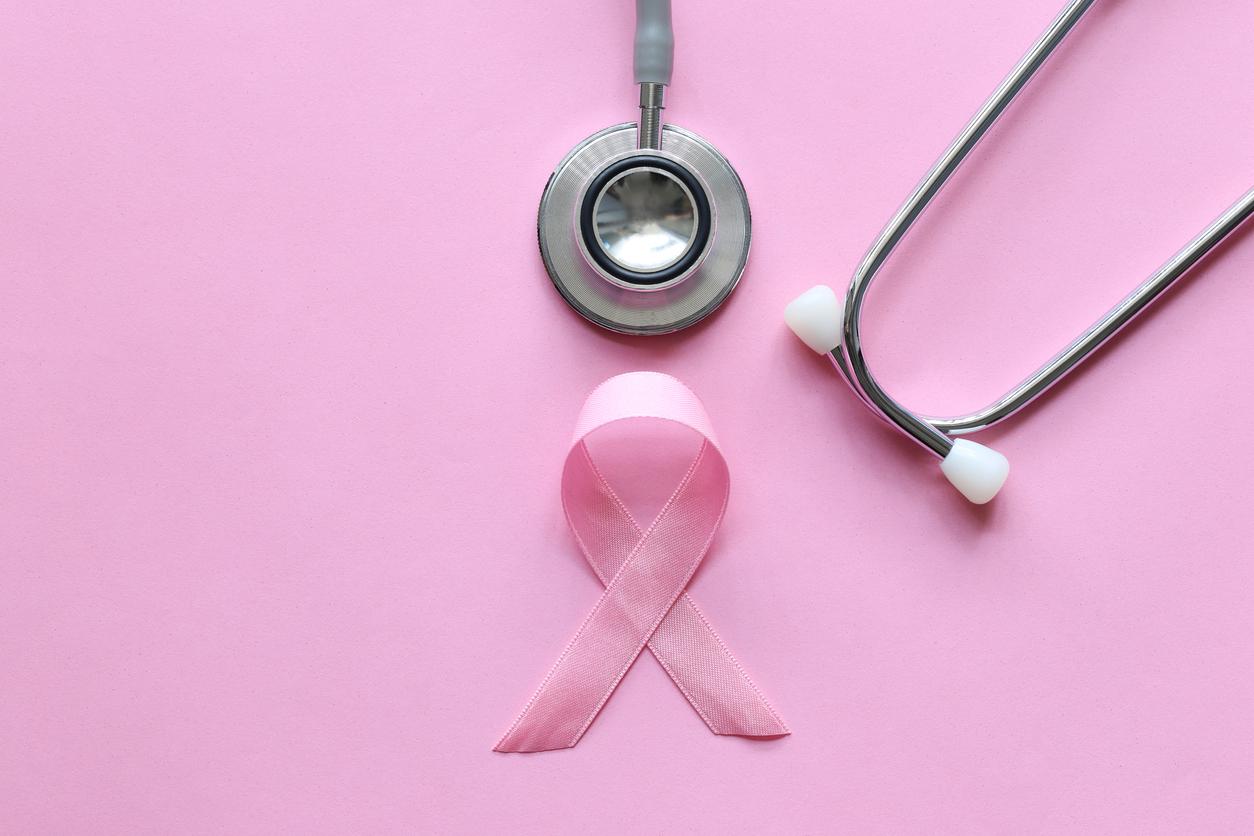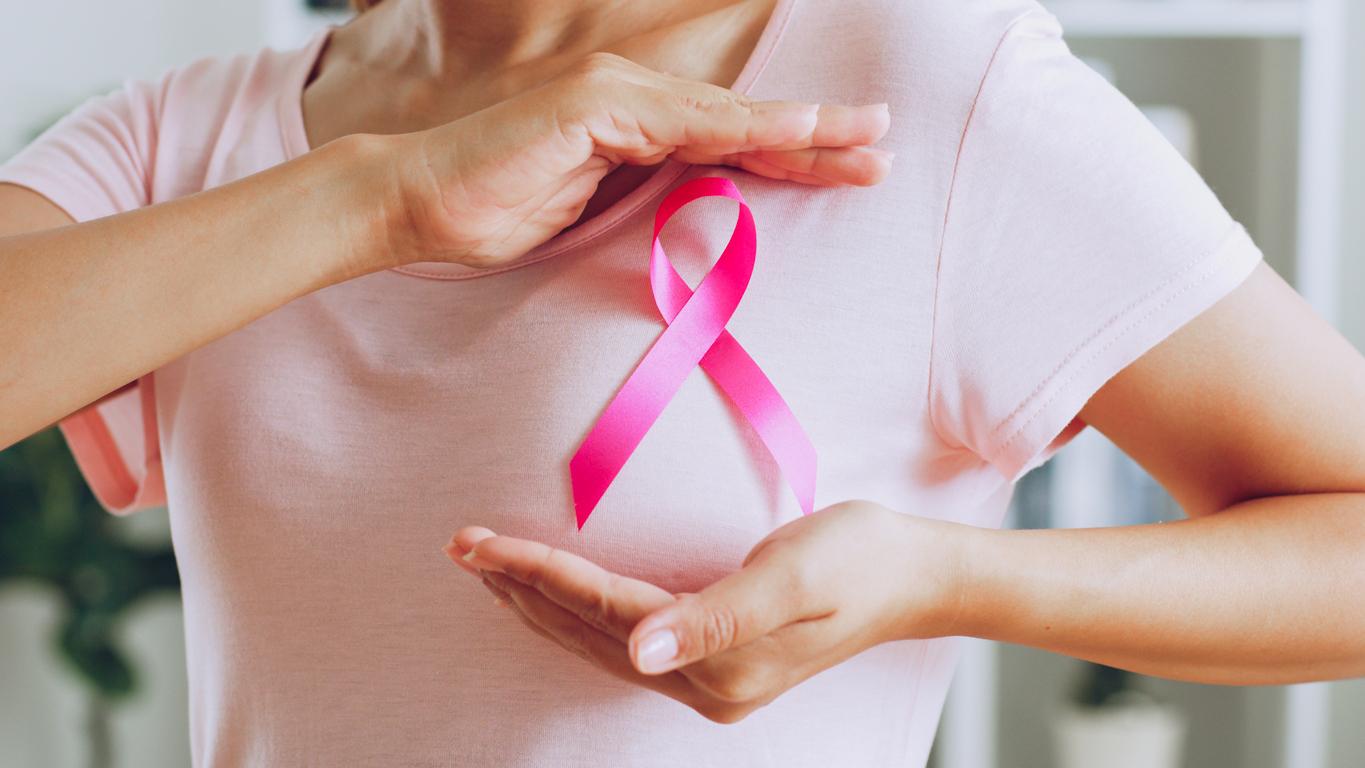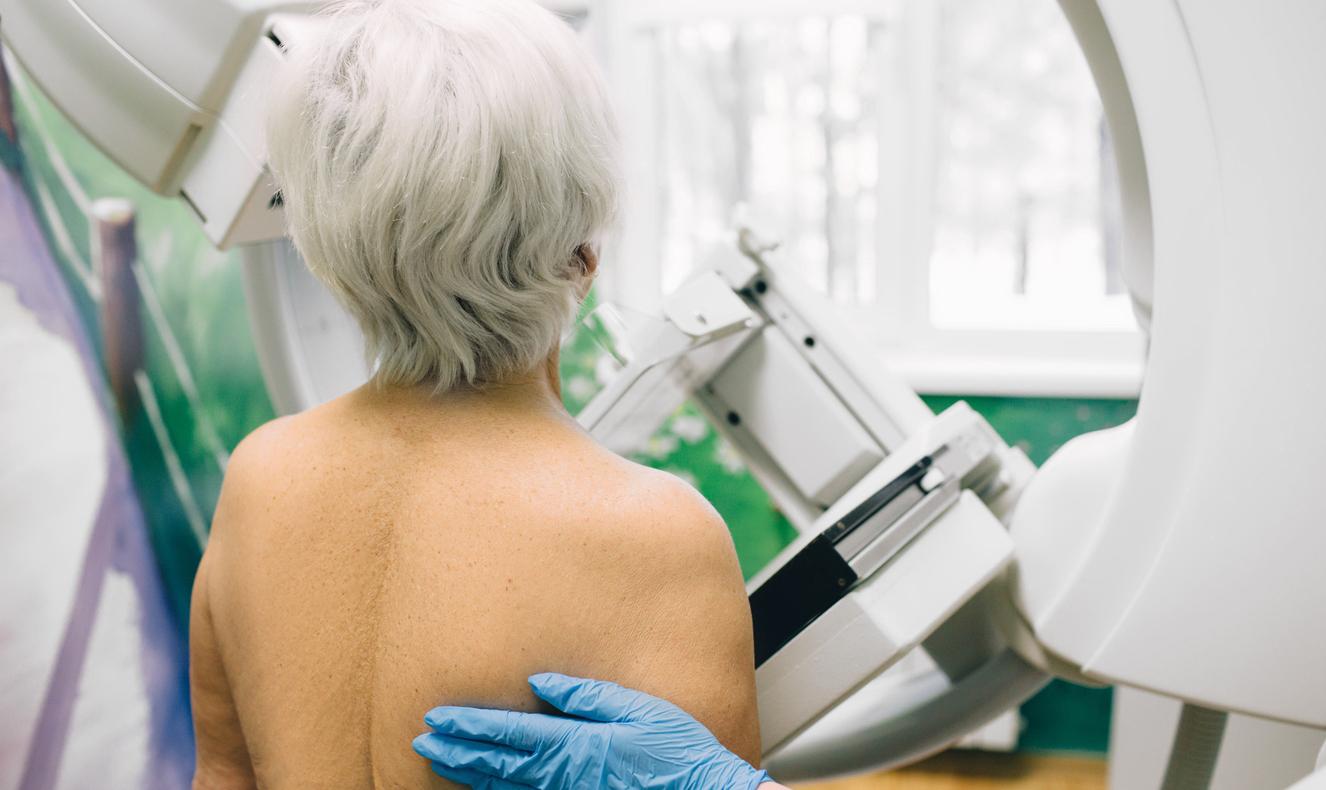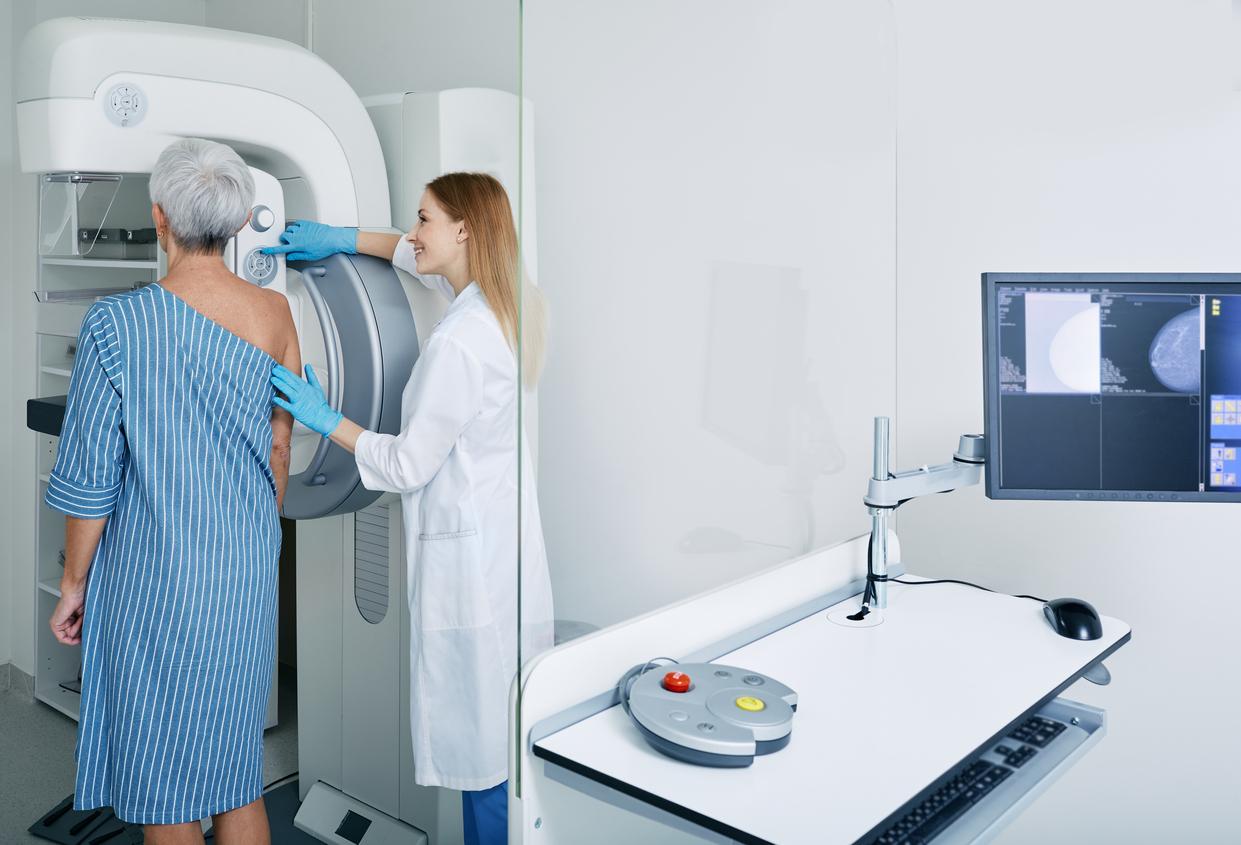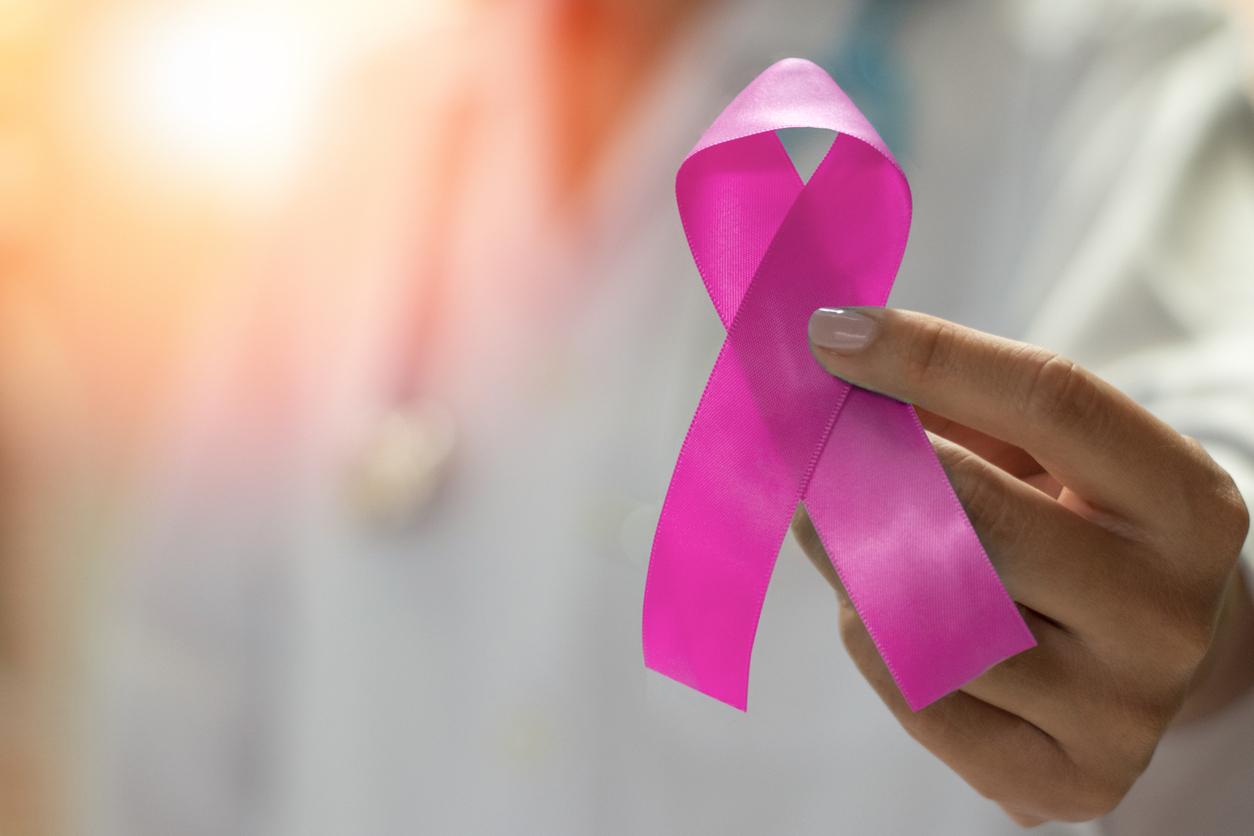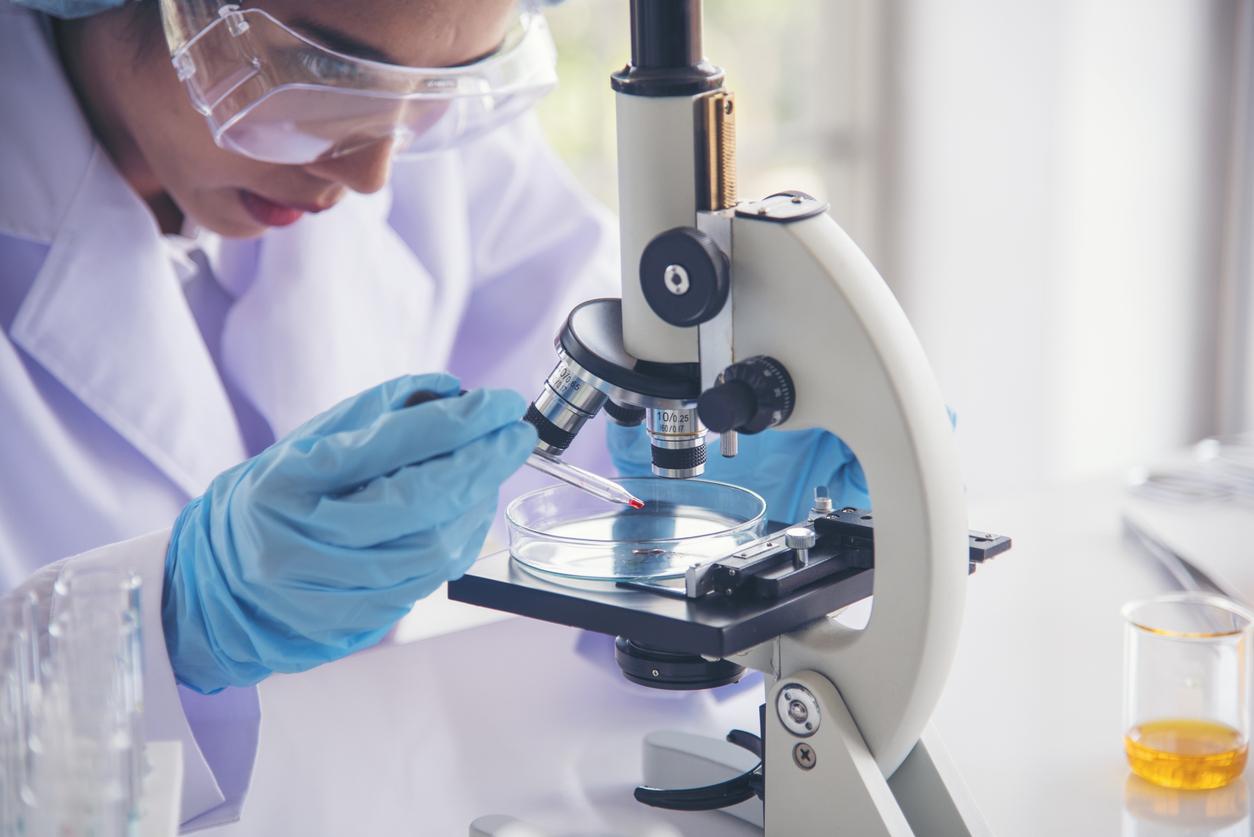A new study points to 921 chemicals, many of which are found in everyday products and the environment, that have characteristics that cause breast cancer.
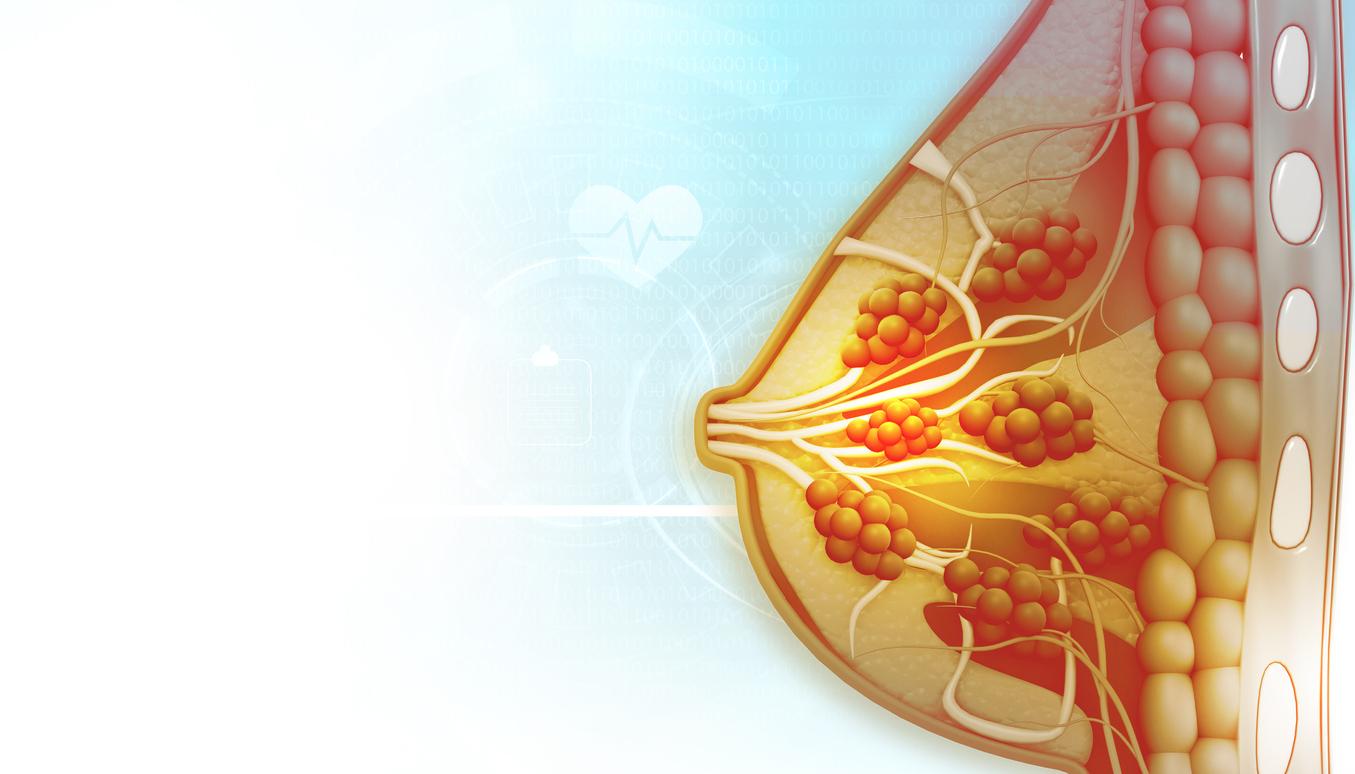
- This analysis, published in Environmental Health Perspectives, reveals that there are 921 chemicals likely to promote the development of breast cancer.
- 90% of them are found in consumer products such as food, drinks and even medicines.
- “Breast cancer is a hormonal disease, so the fact that so many chemicals can alter estrogen and progesterone is concerning,” said the study author.
“Endocrine disruptors are now recognized as being responsible for cancers, some of which are called “hormone-dependent”, such as thyroid, prostate, breast, ovarian and testicular cancers.”, explains the National Cancer Institute. While they may be of natural origin, a good number of these endocrine disruptors come from industry. However, with the tens of thousands of synthetic chemicals present on the market, and new ones constantly being developed, knowing which ones are harmful to health is a great challenge for scientists… hence the interest of this new research!
Reduce chemicals that may contribute to breast cancer
“This new study provides a roadmap for regulators and manufacturers to quickly report chemicals that may contribute to breast cancer to prevent their use in consumer products and find safer alternatives”, said the lead author, Dr. Jennifer Kay, research scientist at Silent Spring Institute. The doctor points out that the number of people suffering from breast cancer is increasing, and that this trend cannot be explained solely by genetics. “We need new tools to identify environmental exposures that could contribute to this trend so that we can develop prevention strategies and reduce the burden of disease.”
Breast tumor: 921 chemicals likely to promote its appearance
Using information collected from several international (such as the IARC, International Agency for Research on Cancer) and US government databases, the researchers were able to identify chemicals that could cause mammary tumors in animals. They also examined data from the U.S. Environmental Protection Agency’s (EPA) ToxCast (Toxicity Forecaster) program to identify endocrine-disrupting chemicals that promote breast cancer, specifically looking for those that activate the receptor estrogen (found in breast cells), as well as chemicals that cause cells to produce more estrogen or progesterone, an established risk factor for breast cancer.
Ultimately, the analysis published in Environmental Health Perspectives reveals that there are 921 chemicals that could promote the development of breast cancer. Worse, 90% of them are found in consumer products such as food, drinks and even medicines. “Breast cancer is a hormonal disease, so the fact that so many chemicals can alter estrogen and progesterone is concerning”, underlined the author.
Endocrine disruptors: half of these products also damage DNA
Based on the fact that damage to DNA (deoxyribonucleic acid) can also lead to the development of cancer in an individual, the researchers wanted to know if these chemicals were also capable of such modifications. They found that this was indeed the case for 420 of these chemicals, which could make them even more harmful to people.
But why are so many chemicals on the market that could cause breast cancer? “Historically, chemicals that cause breast tumors in animals were considered the best indicator of their risk of causing breast cancer in humans.”, explained co-author Ruthann Rudel, research director at Silent Spring. But animal studies are expensive and time-consuming, which is why so many chemicals go untested. Our results show that screening for these hormonal characteristics with chemicals could be an effective strategy to detect potential breast carcinogens.”



